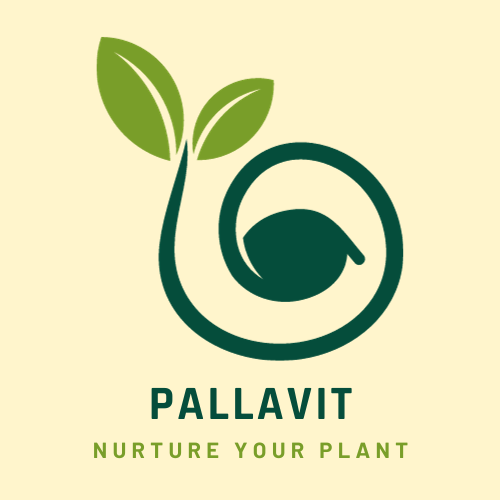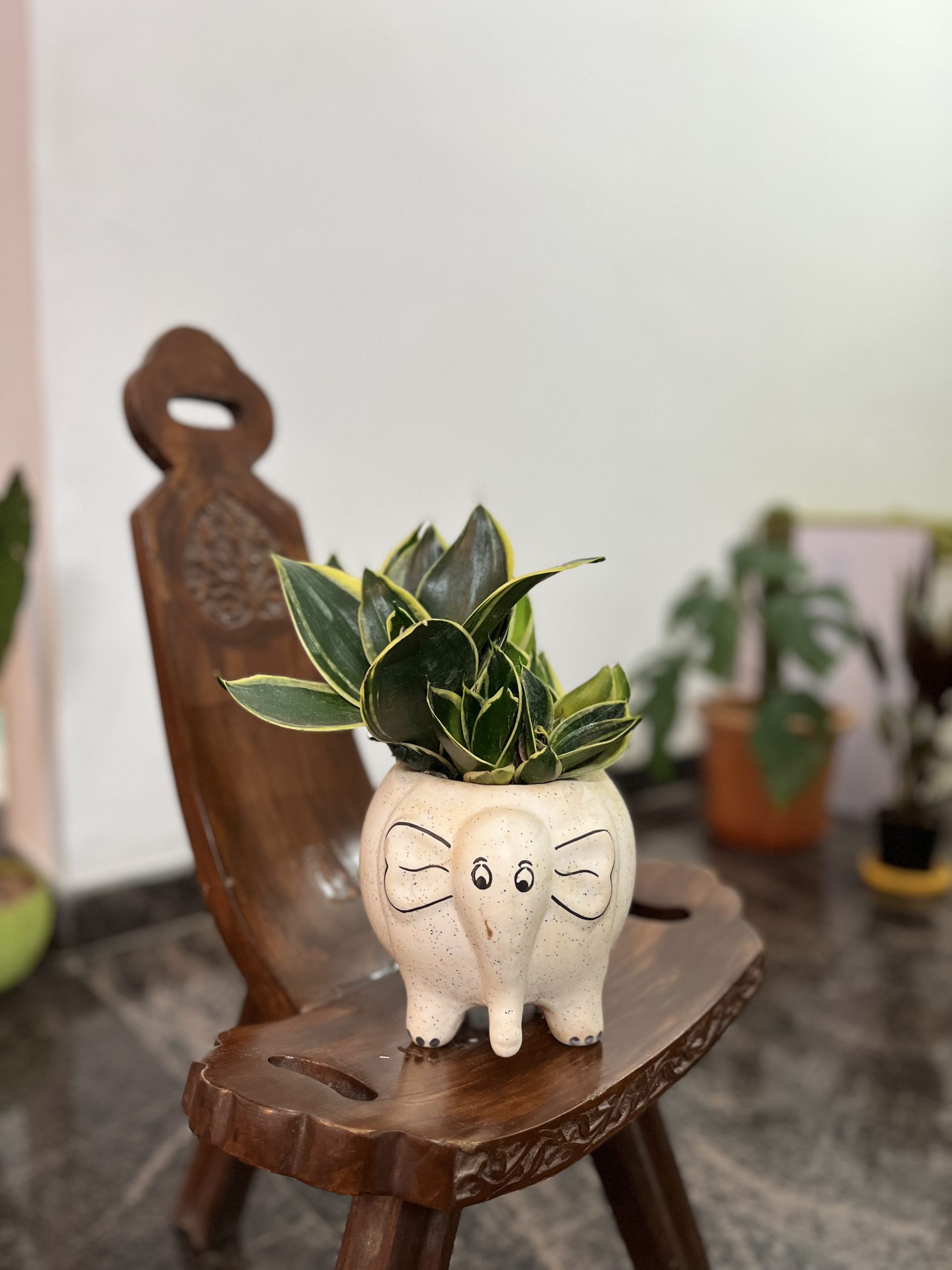Indoor plants not only enhance the aesthetic appeal of your living space but also contribute to a healthier and more pleasant environment. Cultivating indoor plants can be a rewarding and enjoyable experience, even for those with limited gardening expertise. In this guide, we will provide you with step-by-step instructions on how to grow indoor plants successfully, ensuring they thrive and bring vibrancy to your home.
- Choose the Right Plants:
- Consider the light conditions in your home when selecting plants. Some plants thrive in bright, indirect light, while others can tolerate low-light conditions.
- Research the specific care requirements of each plant to match them with your ability to provide the necessary conditions.
- Select Suitable Containers:
- Use well-draining pots with drainage holes to prevent overwatering and root rot.
- Ensure the chosen containers are appropriately sized for the selected plants, allowing room for growth.
- Provide Adequate Light:
- Place plants near windows where they can receive the right amount of sunlight. South and west-facing windows typically provide the brightest light.
- Supplement natural light with artificial lighting, especially for plants that require high light levels.
- Establish a Watering Routine:
- Water plants thoroughly but allow the soil to dry out between waterings. Overwatering is a common issue, leading to root rot.
- Consider the humidity levels in your home, as some plants, such as tropical varieties, thrive in higher humidity.
- Choose the Right Soil:
- Use a well-draining potting mix that suits the specific needs of your plants (e.g., cacti and succulent mix, orchid mix).
- Repot plants when they outgrow their containers, refreshing the soil and providing additional nutrients.
- Maintain Consistent Temperature:
- Most indoor plants prefer temperatures between 60-75°F (15-24°C) during the day and slightly cooler at night.
- Avoid placing plants near drafts, heating vents, or air conditioning units.
- Fertilize Appropriately:
- Feed plants with a balanced liquid fertilizer during the growing season (spring and summer).
- Follow recommended guidelines for each plant species, as over-fertilizing can harm plants.
- Pruning and Grooming:
- Regularly prune and groom plants to encourage bushier growth and remove dead or yellowing leaves.
- Check for pests and treat them promptly with natural remedies or insecticidal soap.
- Rotate Plants:
- Rotate potted plants every few weeks to ensure even growth and exposure to light on all sides.
- Observe and Adjust:
- Pay attention to your plants’ responses to their environment and adjust care accordingly.
- Be patient and observant, as it may take time to find the perfect balance for each plant.
Conclusion:
Growing indoor plants can be a fulfilling and enjoyable hobby that not only enhances your living space but also brings numerous health benefits. By following these guidelines and paying attention to the specific needs of your plants, you can create a thriving indoor garden that adds beauty and tranquillity to your home. Remember that each plant is unique, so tailor your care routine to meet the individual requirements of your indoor companions. Happy growing!

